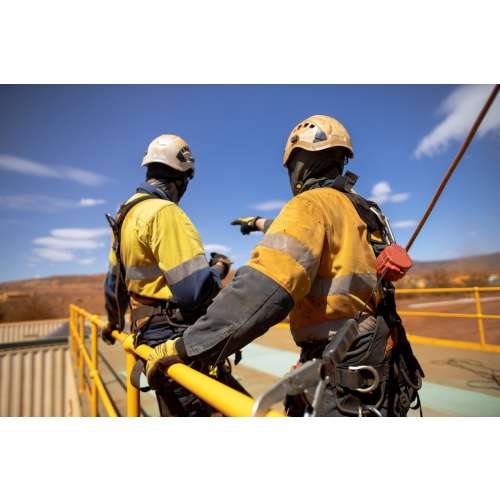Working At Heights: Fall Arrest Systems with Rescue - Per Person
Was R1035.00 Excl VAT
R899.68 Excl VAT
How to qualify for a discount?
WHO SHOULD DO THIS WORKING AT HEIGHTS: FALL ARREST SYSTEMS WITH RESCUE TRAINING?
This course is for candidates that have successfully completed their Level 1 Working at Heights course.
This course should be done by employees who are conducting any work at height in the workplace, where there is a risk of injury from a fall from height.
WHY IS THIS TRAINING IMPORTANT?
This course provides evidence that persons working at height in the workplace have been trained on fall arrest systems with rescue and are competent in this when working at height. Attendees will be able to take responsibility for inspecting and installing fall arrest systems and for implementing fall protection plans and rescues.
BASIC COURSE CONTENTS
This course includes the following important aspects;
Demonstrating basic knowledge of fall arrest legislation and regulations.
Explaining the use of a range of fall arrest equipment, including full-body harnesses, work positioning systems, lanyards and energy absorbers, shock-absorbing lanyards, retractable lifelines and permanent lifelines.
Explaining and using basic rope knots.
Installing and using fall arrest systems, including temporary horizontal lifelines, temporary vertical lifelines, permanent horizontal lifelines and permanent vertical lifelines.
Inspecting and assembling fall arrest equipment and systems.
Interpreting and implementing a fall protection plan, including conducting a risk assessment, evaluating people for fitness, inspecting equipment and training programmes.
Performing basic fall arrest rescues and bringing down a casualty to safety.
COURSE DETAILS
This course is available for on-site facilitation where a minimum of four (4) attendees are required to facilitate the course.
Where the training may involve less than four attendees, training at a centralised or public venue can be arranged. For more details about this, please contact us directly:
Telephone: 010 980 0526
Email: nash@safetywallet.co.za / patricia@safetywallet.co.za / chris@safetywallet.co.za
Online chat: use our online chat function to chat to us directly.
The course programme includes facilitator presentations, readings, individual activities, group discussions and skill application exercises.
BENEFITS OF THE TRAINING
Attendees who are determined to be competent will be able to:
Demonstrate basic knowledge of fall arrest legislation and regulations.
Explain the use of a range of fall arrest equipment, including full-body harnesses, work positioning systems, lanyards and energy absorbers, shock-absorbing lanyards, retractable lifelines and permanent lifelines.
Explain and use basic rope knots.
Install and use fall arrest systems, including temporary horizontal lifelines, temporary vertical lifelines, permanent horizontal lifelines and permanent vertical lifelines.
Inspect and assemble fall arrest equipment and systems.
Interpret and implement a fall protection plan, including conducting a risk assessment, evaluating people for fitness, inspecting equipment and training programmes.
Perform basic fall arrest rescues and bring down a casualty to safety.
TRAINING OUTCOME
Successful attendees will receive a certificate of competence.
ACCREDITATION
Working at Heights: Fall Arrest Systems with Rescue is aligned to the registered unit standard, ID 229995 (Unit Standard Level 2) with 3 credits. Attendees will be assessed against the outcomes of the unit standards by completing a knowledge assignment that covers the essential embedded knowledge stipulated in the unit standards, and by compiling a portfolio that demonstrates that you know how to apply the learned knowledge to your daily tasks.
Add a review
Other Products that might interest you
-
Sale!
Add to Cart
View
Details
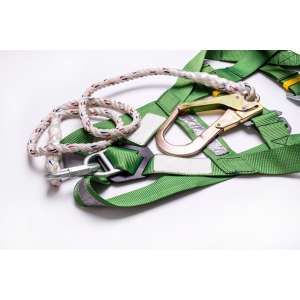
Working At Heights: Fall Arrest Systems - Per Person
Was R1035.00 Excl VAT
R899.68 Excl VAT -
Sale!
Add to Cart
View
Details
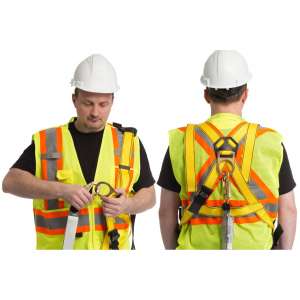
Working At Heights: Fall Protection Planner - Per Person
Was R1035.00 Excl VAT
R899.68 Excl VAT -
Sale!
Add to Cart
View
Details
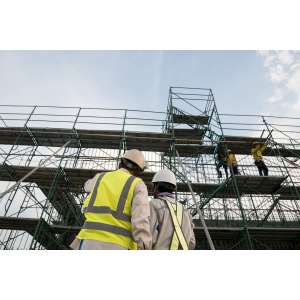
Fall Protection Officer Appointment
Was R173.40 Excl VAT
R92.49 Excl VAT -
Add to Cart
View
Details
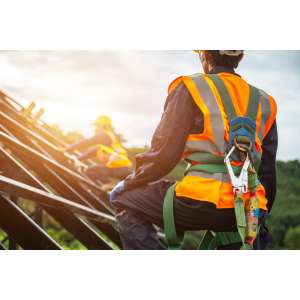
Medical - Working at Heights
R583.97 Excl VAT



